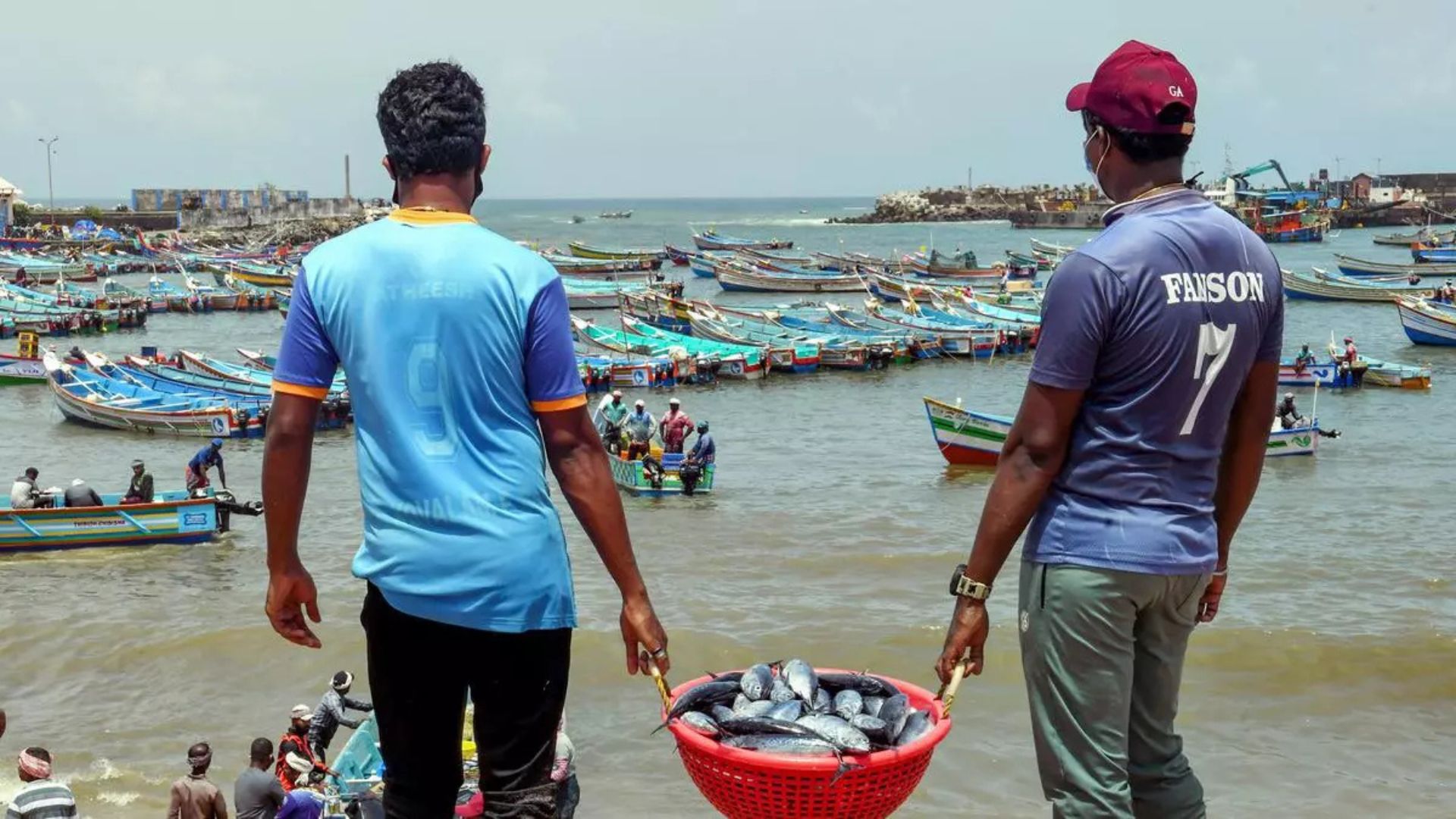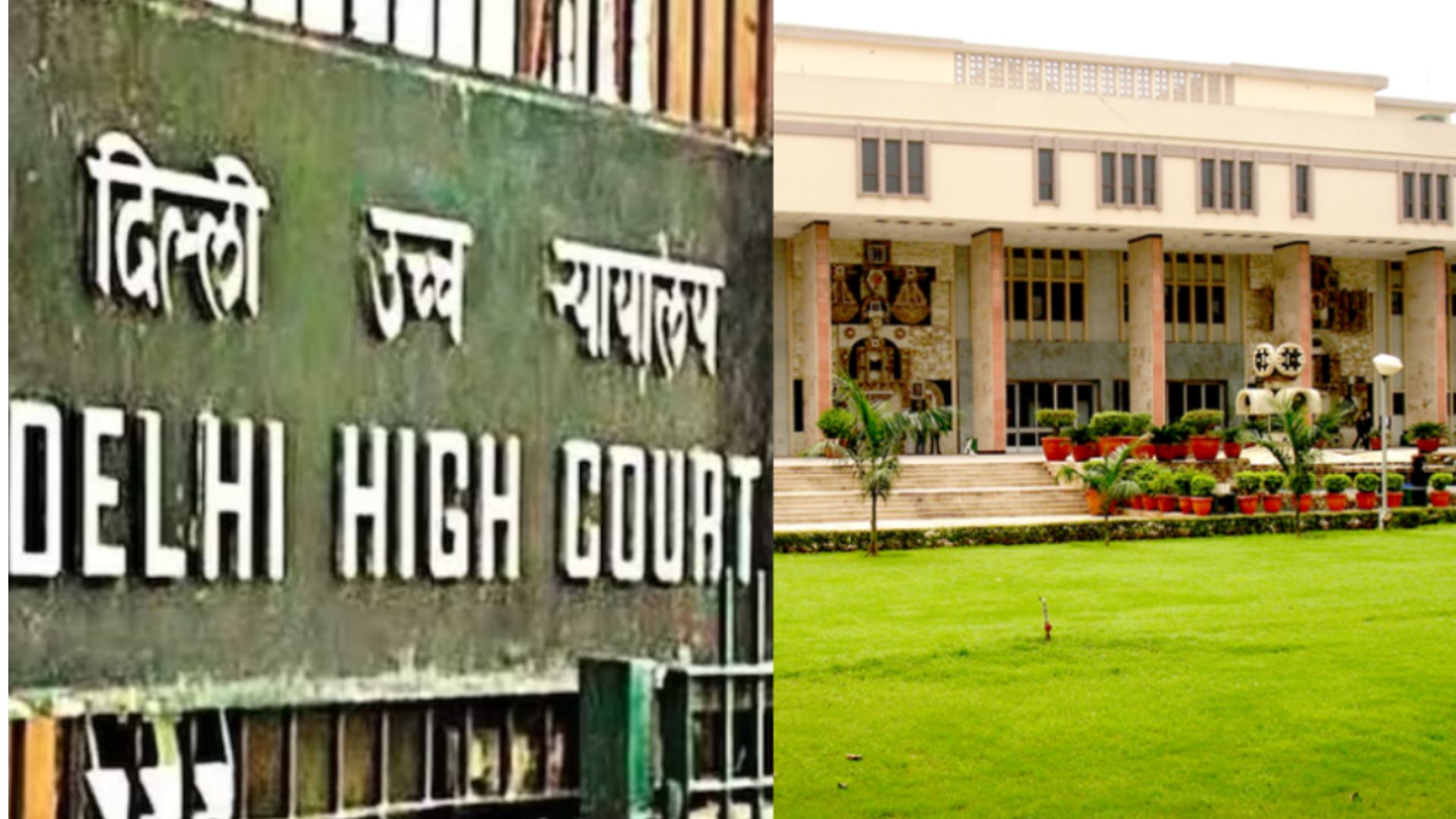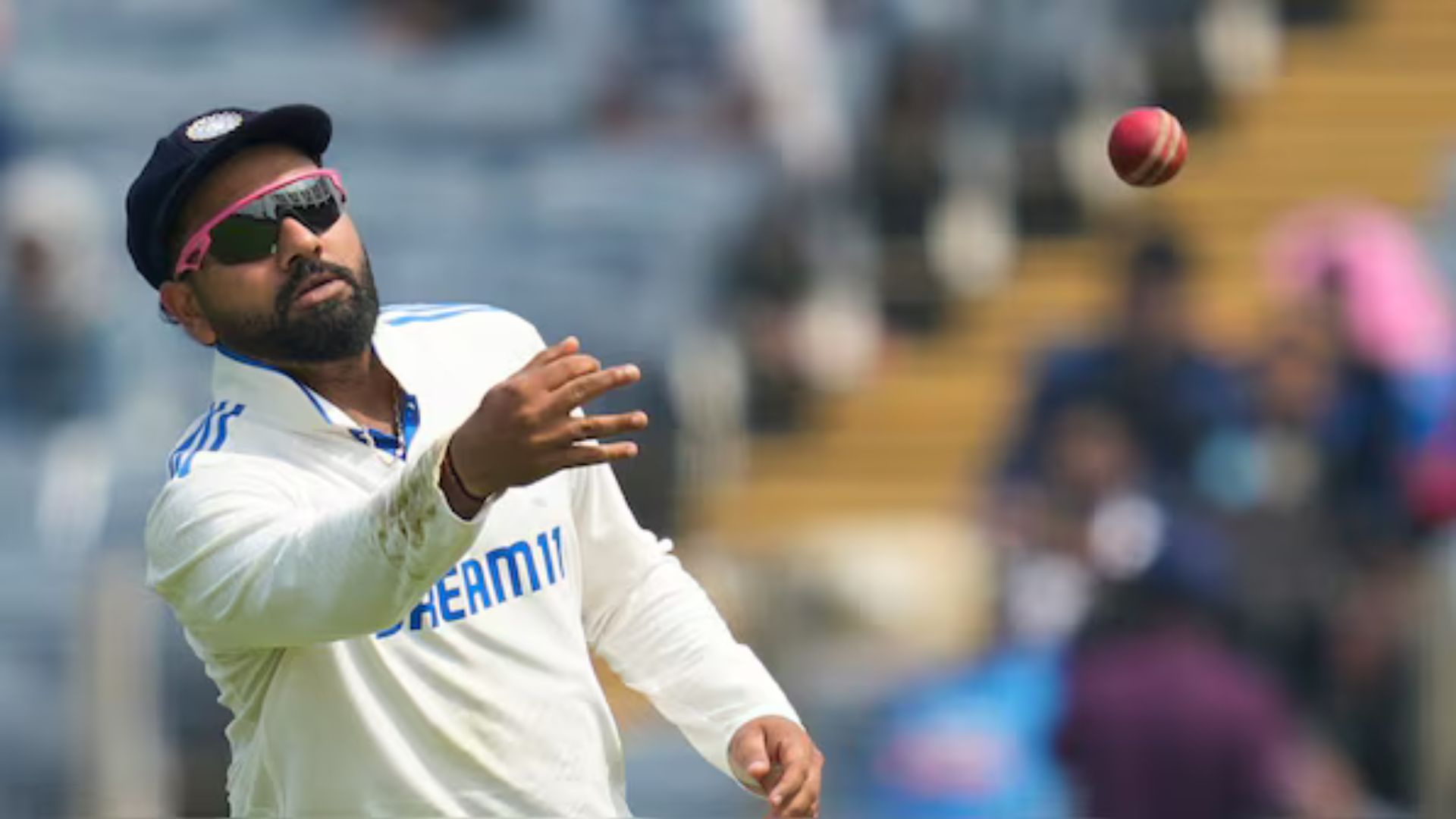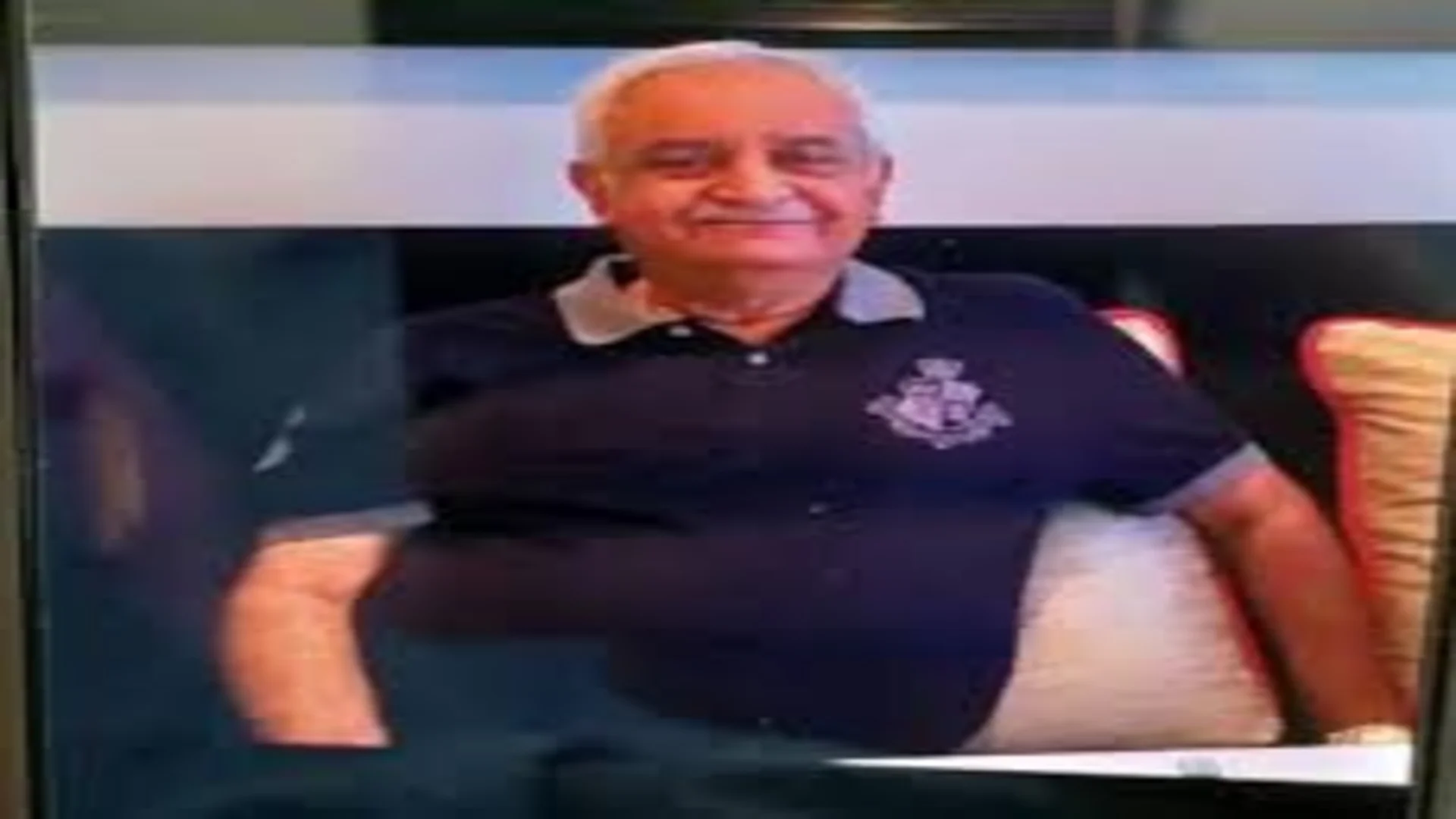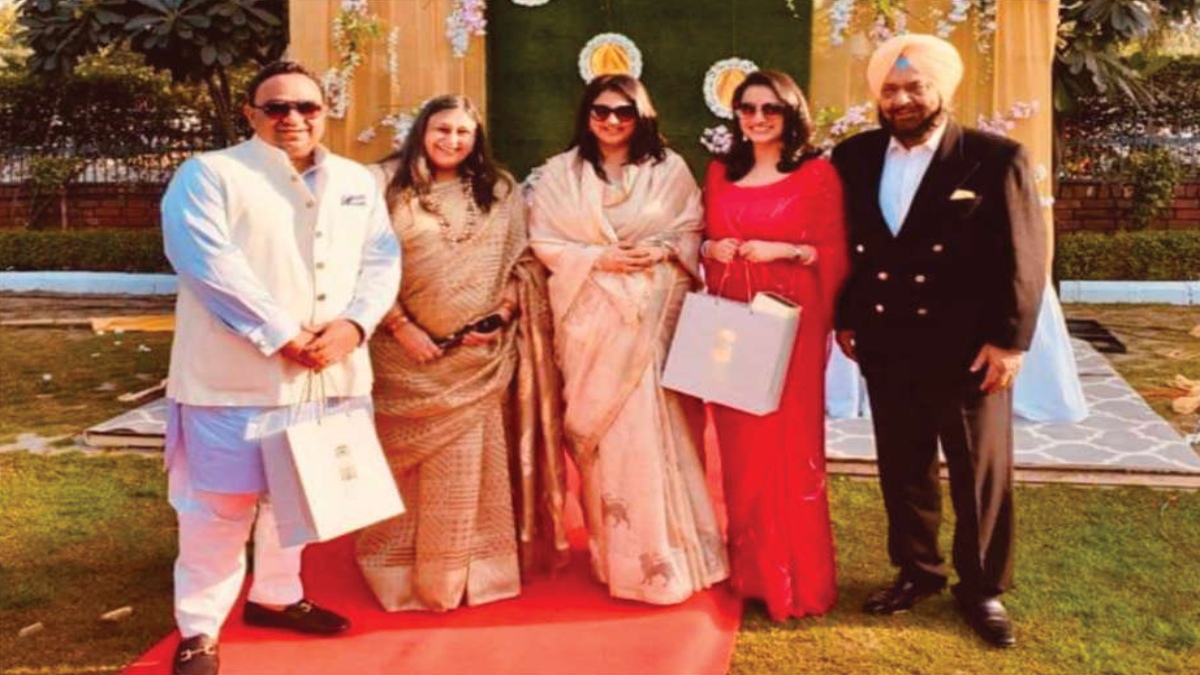
As a special tribute to one of our key patrons, Rajputana Collective discloses the story of Royal Fables as told by its founding lady herself. With over nine bedazzling seasons, various international chapters, a retail outlet, and most recently, her comeback post the pandemic, Anshu Khanna recounts her special journey with Royal Fables. Their humble beginnings and the spirit that they carry forth through the narrative of every fable and every fairy retail.
It is my firm belief that one, real craft owes its lineage to the patronage of the royals; and two, that there is no Indian luxe story bigger than that of the royal studios wherein we nurtured a host of Indian arts and crafts. A significant source of the indigenous design movement, this revivalist effort in its grain of resilience, in a nutshell, counts as my royal fable.
It all began when, as a journalist, I kept meeting so many young, blue-blooded design and art aficionados, each of whom had an impeccable story to tell. They were elegantly straddling the two worlds. One, of being born into democratic India, privy to the same education as the others, bearing the same opportunities as the rest. And the other, of being scions of history and legacy that still existed within their havelis, forts, and palaces. Monuments that withstood seventy long years of independence, to continue serving home to them.
My formal tryst began when I met a young and very handsome prince from Jodhpur: Raghavendra Rathore who, returned from Parsons and quietly took his place in the heart of the Indian couture movement. Then, there was the young and beautiful princess Diya Kumari of Jaipur who, single-handedly revived the 22 karkhanas that thrived within Jaipur’s City Palace. There were also the quiet Mandawa girls who revived their looms in Mansa with their mother. I met them at a textile fair and was bemused by how they stood apart, their elegant frame draped in fine chiffon. Indicating their royal roots like their attire was their work, which was steeped in the Rajput dress sense: divine motifs of the suraj (sun), the chand (moon) and the Mughal bootas in their silk, the ombre dye in their chiffons. In similar conjunction stood the elegant, young princess of Kishangarh, Vaishnavi, whose art redefined the indigenous art scene in being resplendent with cows, alta on their feet, lotuses, abloom in the pond, and the ever-intense Shrinathji. Whatever she created through her local artists had such an original freshness to it. Similarly, the bold strokes of Alkarani from the Pratapgarh stood miles apart in her hand-painted saris.
It was stories of endearing stories of people such as these, along with their diverse arts that I decided to tell to the world through Royal Fables. An increasingly competitive and commercialising world had left one thing crystal clear, that I could have not taken these art products into the market yet, for the royal studios lacked consistency as well as a market sense in terms of a coherent business outlook. What unitedly led them was the urgent need to keep their art legacies alive, have their looms spinning and ensure their art thrived as the master kaarigar (craftsman) passed on his craft to an equally willing generation of youngsters. It was during this very phase that DLF Emporio asked me to think of a unique bazaar concept. A voice inside me said, “let’s tell a Royal Fable!” And just like that, as if it were an ordain from above, we were born.
Royal Fables when simply defined is a chic, high-nosed royal exposition that not just presents the creative oeuvres of palace studios, but also presents the culture and cuisine of royal India. We were the first to host a royal banquet in the presence of the Jung family at Falaknuma, way back in 2010. Later years saw us showcasing cuisines of Sailana, Rampur, Kishangarh, Kangra, Limbdi, Bhainsrorgarh, and Kotwara. We assisted the music aficionado Maharaja Brajraj Singhji of Kishangarh to revive some of the rarest live recordings of women like Lalita bai and Gauhar Jaan, whose were voices of the pre gramophone era. But we did all this as quietly as the royals, sans blowing our own trumpet or singing from the cliffs of our USPs…. Maybe there was a Singh lurking in our hearts and soul?
‘So what is this Punjabi doing amongst Rajputs?!’ is a question thrown at me much too often with many suggesting that I might have a ‘Singh’ surname in my lineage. Or that my wearing pearls have to be because I think, deep down, like a Baisa! Many even subtly suggest through a whisper campaign, that like the myriad others, I may be a wannabe royal hanger-on, rubbing off their persona onto mine!
Alas, none of this is true. And I am sorry to have burst many bubbles as I declare that nine seasons and ten years later I remain true to myself: A proud Punjaban who is rooted to the ground. In this sense, I agree when many laugh and suggest that: It took a Punjabi to bring so many royal homes together, taking the stiffness away from their narrative. Two Punjabis actually as I could not have got the royals on our side without the effervescent support of my 2IC Akshat Kapoor.
Many drove my concept of Royal Fables into the successful reality that it presently is. We seem to have a divine connection with the DLF group: both Royal Fables and now Palace Karkhanas owe their patronage to them. My friend and soul sister, Sadhana Baijal took Royal Fables to the acclaim it deserves in Mumbai. My daughters, Akshiena and Akanksha, gave it the design parlance and designed the logo. Varun, my husband and backbone, simply takes the intricacies under his wing each time and of course the team itself- Deepali, Maanvi, and Kamakshi, who are such a lovely lot of girls.
Now, nine seasons old with chapters in Thailand, Morocco, Canada, and the US achieved and a permanent label to sell under Palace Karkhanas, we still struggle to stand on our two feet. Each season the struggle begins: where to find funds to showcase the splendour in its real glory; who to associate with; and how to make those damn ends met. But we go on, telling that fable and reliving the past. Because what is life without a fairy tale and the world without its princes and princesses?

